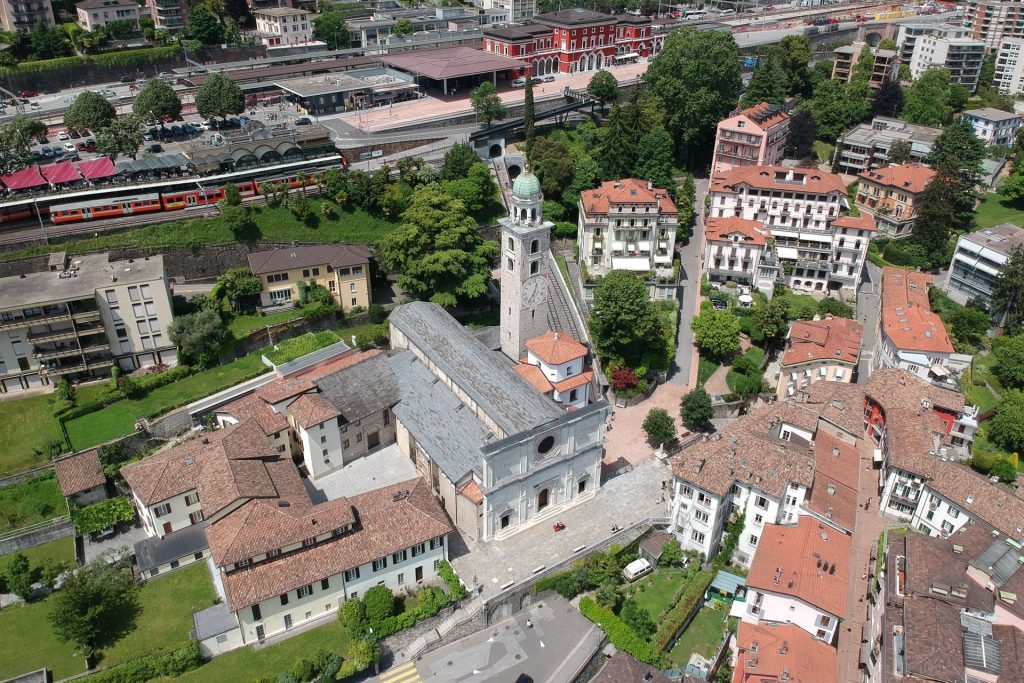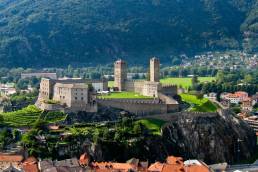Culture and economy: a truly winning combination in Ticino
A study by BAK Economics and two cantonal departments has shown that every franc of public subsidy for culture is worth 2.58 francs of added value
On June 22, the Department of Finance and Economics and the Department of Education, Culture and Sport presented a study on the economic impact generated by the main cultural activities that take place periodically in the Canton of Ticino.
An added value that can now be quantified thanks to the analysis of BAK Economics which, on behalf of the two Departments, developed the project.
This study, commissioned in 2018 and carried out before the COVID19 pandemic, is part of the broader campaign “Economy and Culture” launched by the Canton in 2019, which aims to enhance the cultural offer in Ticino and its economic potential.
The study “The economic impact of culture in the Canton of Ticino” (in Italian)
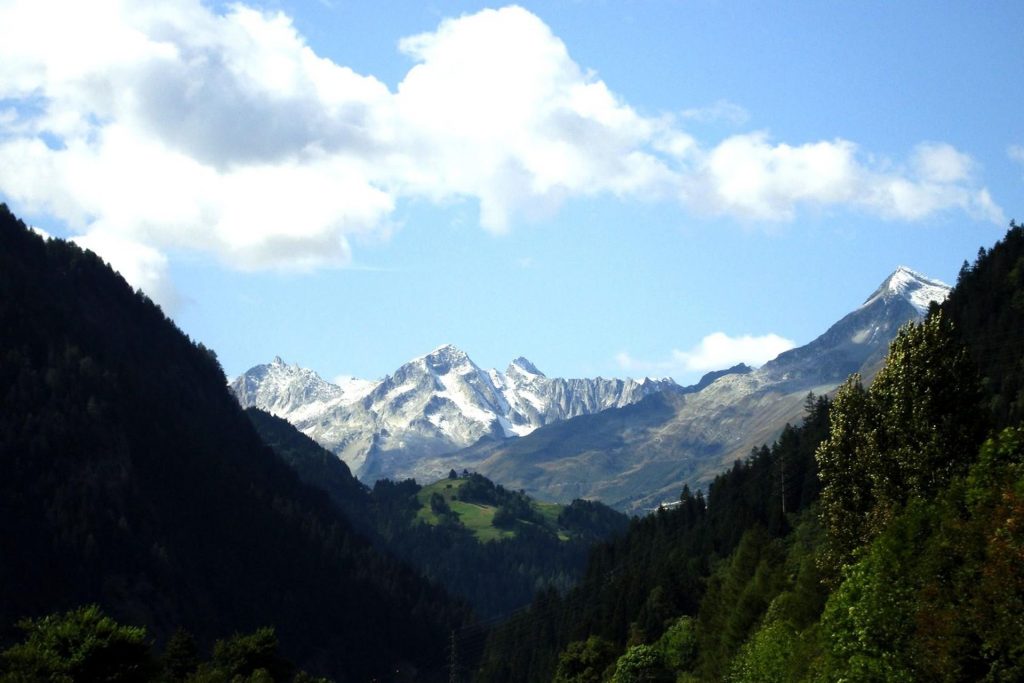
What and how much the beneficial effect of cultural activity is for the community that produces it is complex and difficult to calculate.
Nonetheless, as illustrated by the BAK Economics study commissioned by the DFE and DECS, it is possible to quantify at least the economic effects, direct or indirect, that are strictly determined by certain cultural events of strong appeal and high qualitative value.
This is suggested by empirical experience, but today, in the case of Ticino, it is demonstrated above all by the results elaborated by the economic research institute based in Basel, Zurich and Lugano.
In 2020, the number of cultural workers down 5 percent
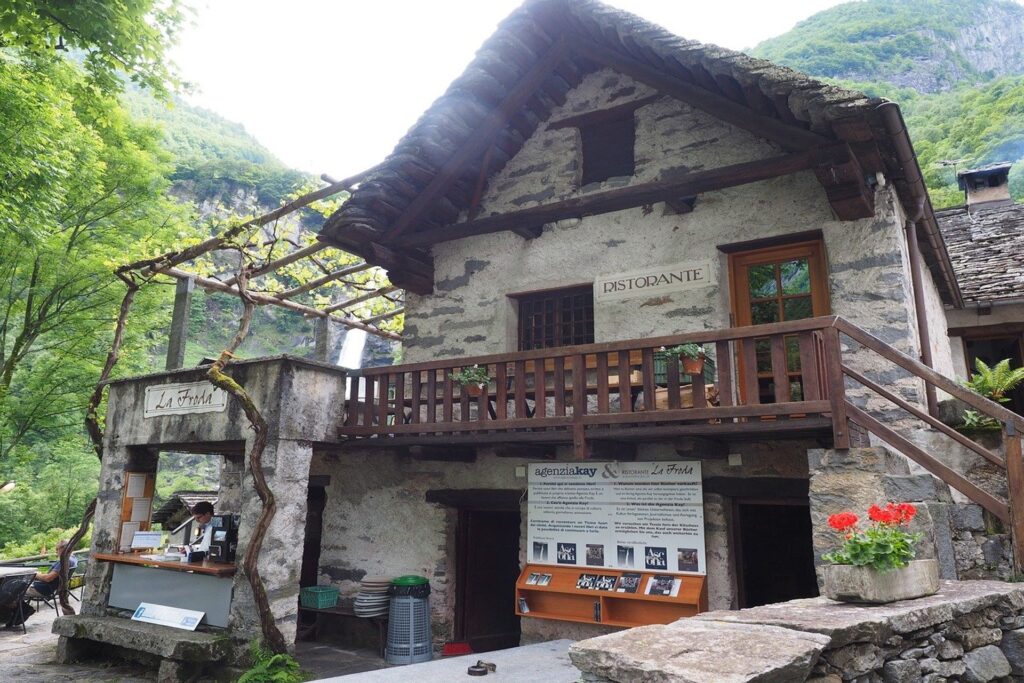
The “new” Ceneri trait d’union between Bellinzona, Locarno and Lugano
Over the years, the Ticino community has changed its preferences and habits, thanks also to new mobility infrastructures such as the recently opened Monte Ceneri base tunnel, which rapidly connects Bellinzona and Locarno with Lugano.
A culture, therefore, in constant movement, which allows the use of free time and knowledge also as a lever of economic development.
With the coronavirus crisis, the role of culture in a complex society such as the Western one of the 21st century has been well understood.
And it is especially at this juncture that the link between knowledge and wealth, between cultural production and the spread of well-being in the broadest sense, has been better understood. A precious experience to be put to good use for the post-pandemic restart.
How important is tourism to Lucerne’s economy?
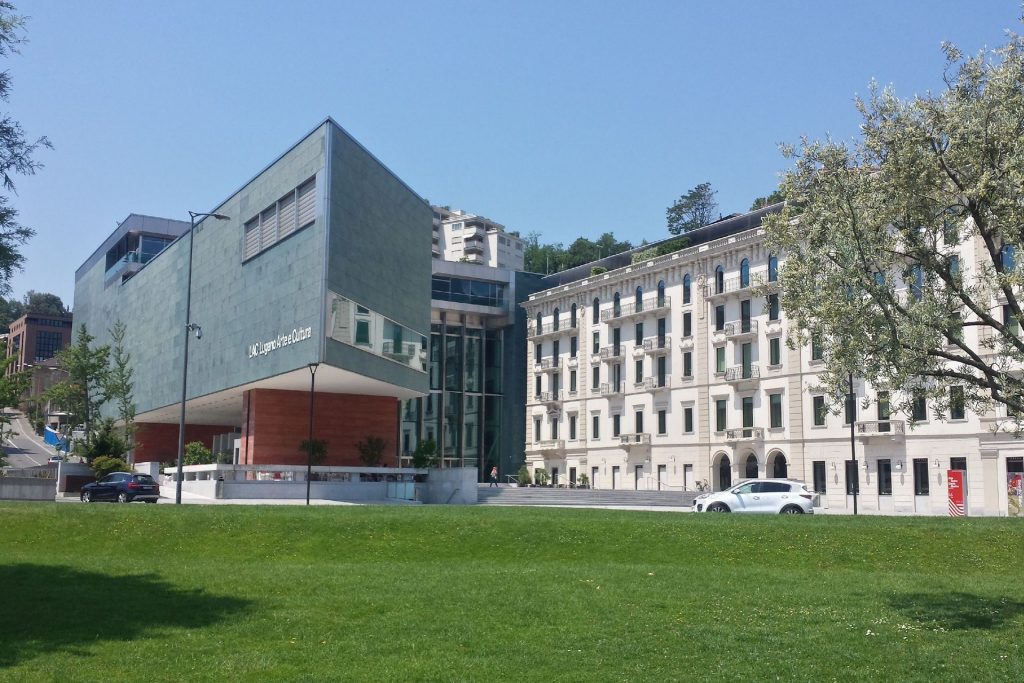
The cultural offer as a premium component of the tourism offer
The study also highlights how culture, for a tourism-oriented Canton like Ticino, is of strategic interest: the cultural offer can, in fact, be considered a true component of a region’s tourism offer.
It is, therefore, fundamental for increasing the attractiveness of a location and, also in the future, it will be necessary to continue to develop synergies between culture and the tourism sector and to construct even more ambitious strategies of valorization, both for the resident population and for tourists.
Die neue Studie von #BAK quantifiziert die wirtschaftlichen Auswirkungen der #Kultur im Tessin auf 115 Millionen Franken Wertschöpfung und 2.110 Arbeitsplätze: https://t.co/unJM4OblzQ pic.twitter.com/FXLfACdl9T
— BAK Economics (@BAK_Economics) June 22, 2021
With this in mind, the DFE, in collaboration with the Ticino Tourist Agency (ATT), has expanded the cultural offerings within Ticino Ticket, a project born in 2017 that, thanks to the recent opening of the Ceneri base tunnel that has significantly shortened travel times between Ticino’s main cities, has been able to develop further.
To date, out of a total of just over 100 attractions, almost half are cultural.
This is a further element of attraction for tourists arriving in Ticino who, as the results of the BAK Economics study show, appreciate the Ticino Ticket, which they use not only to travel free of charge throughout the territory and to go to cultural events using public transport, but also to take advantage of possible discounts on entrance fees.
Swiss monuments? A “hidden” treasure to be exploited…
6230 interviews conducted in the territory between April 2019 and March 2020
The study involved a selection of 38 actors representative of Ticino’s cultural landscape.
Thanks to the financial data provided by cultural institutions and events, as well as 6230 interviews conducted between April 2019 and March 2020 with visitors to them, it was possible to quantify the overall economic impact of culture in the Canton of Ticino at 115 million francs of added value and 2,110 full-time jobs. These figures include direct, indirect and positive effects on tourism.
In Ticino, for every franc paid as a public subsidy in the cultural sphere, 2.58 francs of added value are thus generated. The analysis also shows how the largest events with a supra-regional significance trigger significant macroeconomic effects that go well beyond the level of state funding. Updating the cultural offer is therefore a rational strategy to promote Ticino’s tourist offer.
Damian Elsig new head of the Swiss National Library
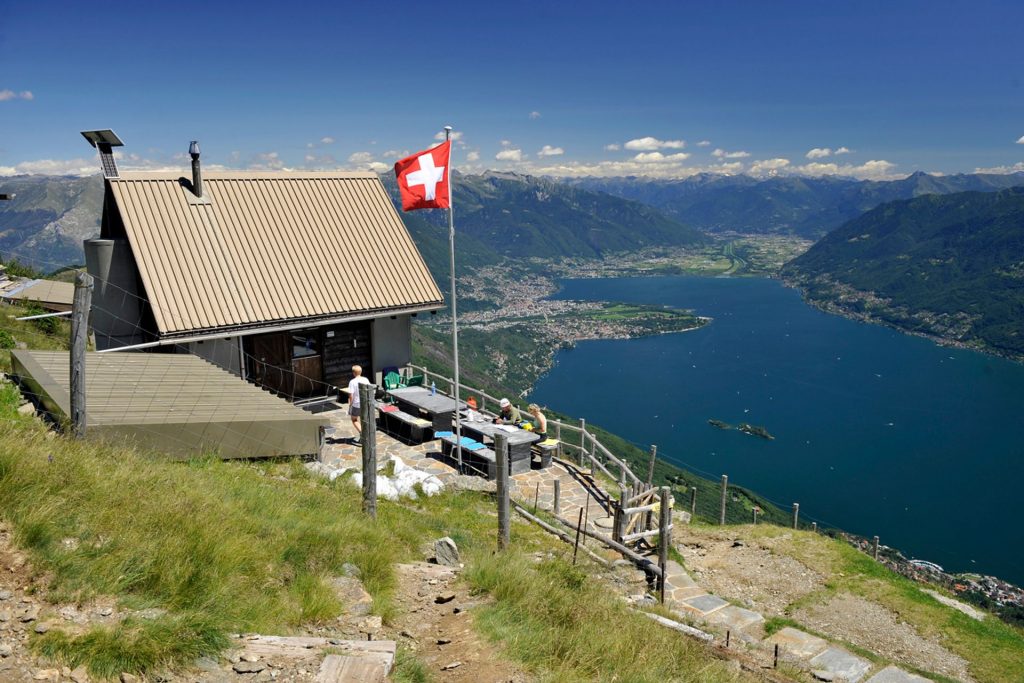
Ticino Ticket and digital until 2023 thanks to one million francs
In order to give continuity to a project considered strategic for the Canton’s tourism sector, the State Council has extended the financing for the creation and management of the Ticino Ticket until 2023, allocating an amount of one million francs.
In the next few years it is also planned to digitalize the Ticino Ticket by making it available to the guests of hotels, campsites and hostels in electronic format during 2021 and then, from 2022, by inserting it into a new webapp that will include many other services.
Thanks to the study on the economic impact of culture, the Council of State will be able to continue to reason, on the basis of scientific evidence, on the development of strategies to enhance the economy of culture in Ticino, so that it can express its full potential.
La nouvelle étude #BAK a quantifié l’impact économique de la #culture au #Tessin à 115 millions de francs de valeur ajoutée et à 2 110 emplois: https://t.co/unJM4NTKbg pic.twitter.com/Ayf2bsDBQq
— BAK Economics (@BAK_Economics) June 22, 2021
Finally, it should be noted that, in conjunction with the study on the Canton Ticino, Radiotelevisione svizzera di lingua italiana (RSI), whose public service mandate extends to the whole of Italian-speaking Switzerland, has entrusted BAK Economics with a further study on the cultural landscape of the Italian Grigioni, conducted in collaboration with Pro Grigioni Italiano.
The study will be officially presented on October 23, 2021 in Bregaglia during the delegates’ assembly of Pro Grigioni Italiano. Further information about the project has been made available on the websites of RSI, PGI and BAK Economics.
